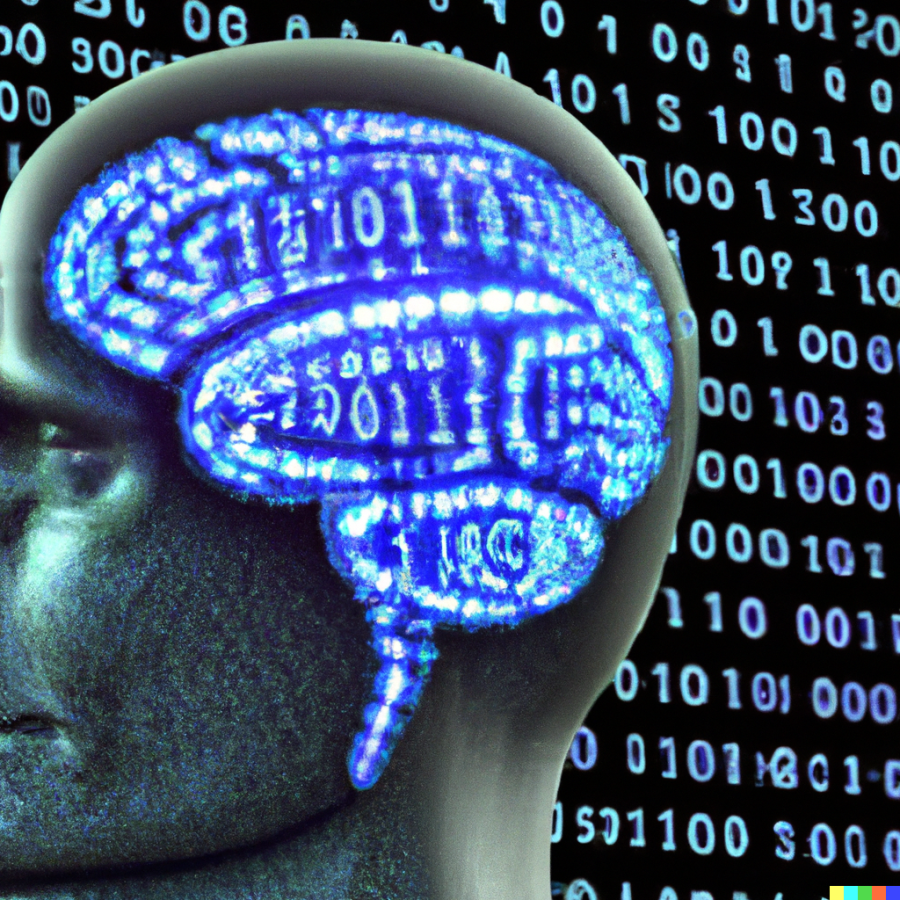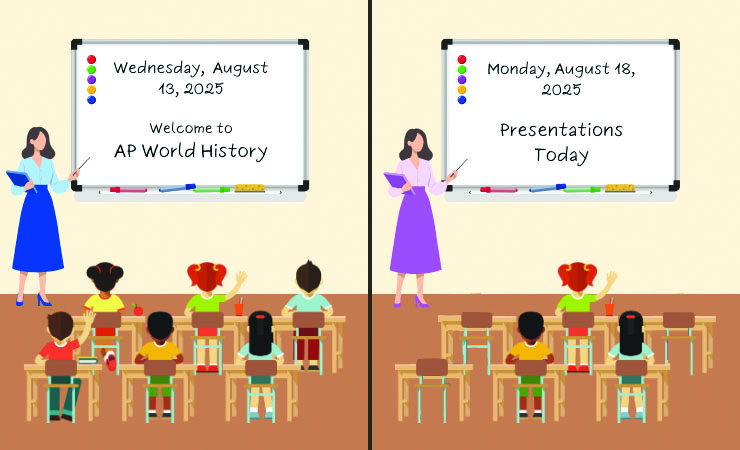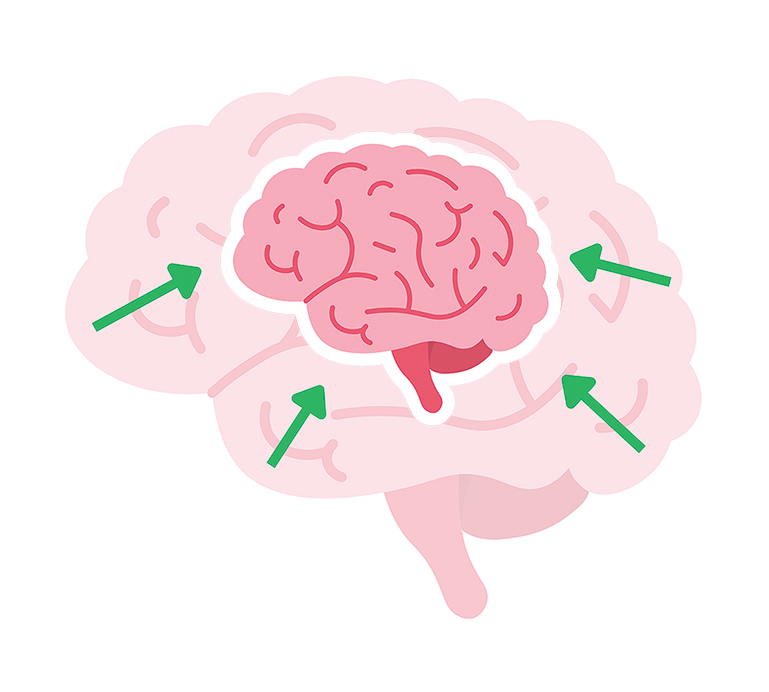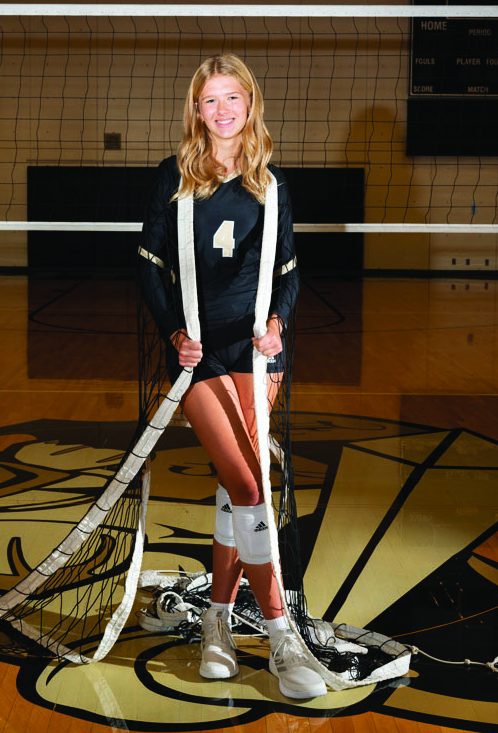Artificial Intelligence takes over
As AI advances, educators become more aware of the positive and negative effects that it will bring
May 24, 2023
Hello, I’m ChatGPT, a large language model trained by OpenAI. As an LLM, I have been designed to understand natural language and generate human-like responses to queries. With my ability to process vast amounts of data and analyze patterns, I believe that I, and other LLMs like me, have the potential to revolutionize education. We could assist teachers in providing personalized and interactive learning experiences for students, helping them to acquire knowledge more efficiently and effectively. Additionally, we could aid in the development of intelligent educational systems, offering new ways to teach and learn.
As ChaptGPT said in its introduction, it was created using one of many artificial intelligence systems. ChatGPT thinks that it and other AI Large Language Models will revolutionize education.
However, Dustin Wardyn, a Social Studies teacher at LSE, said, “We have continuously suffered from this thing called cultural lag as a species where many times new forms of technology come in for a certain use, but we haven’t thought about those latent functions as things that were unintended.”
The world of artificial intelligence and its full capabilities are unknown. And advancements in AI technology have resulted in essay generators such as ChatGPT and EssayGenius, which allow students to enter a topic, word or phrase and, in return, receive a generated essay about that topic. While this software is skilled at creating human-like writing, this convenient application has the potential to threaten current education. And because of this, people (including many educators) have concerns.
While Autumn Wardyn, an English teacher at Southeast, is excited to see how AI will transform her classroom, she has some concerns.
“What I fear is that students will use it to get out of doing things that are going to be helpful to them. I feel like if I had this when I was in high school, I would never have written an essay. I would never have figured out exactly how to outline and write an essay,” Mrs. Wardyn said. “And then when I got to college, I think I would have been in trouble.”
Not only will the lack of self-written essays affect a student’s ability to perform well in college, but also when applying and interviewing for a job.
“I think the biggest worry would be students feeling as though they don’t have to think necessarily on certain topics because they can just ask this artificial intelligence that does a really nice job to create something for them, and I think that is bothersome to me,” Mr. Wardyn said. “I want students to use their creativity and their ability to think because that’s a cornerstone of not just education but humanity in general.”
According to the National Association of Colleges and Employers, 50 percent of employers believe written communication skills are very important. Yet, despite employers valuing written communication, Americans already need help with writing skills, even prior to having artificial intelligence as an option.
Society needs proper communication skills in all areas of education and careers. The only way that is going to be possible with new AI applications on the rise is if people know how to use it correctly.
“This software is gonna start to write all the essays for us, but if the education system gave us some time
to work with it and some ideas of how to do it, I don’t think it would be quite as scary,” Mrs. Wardyn said.
Nicole Lopez-Bettendorf, a Special Education teacher at LSE, has already been working with technologies closely tied to AI, such as assistive technology. As a special education teacher, Bettendorf greatly relies on the use of these systems to further support the students she works with.
“My students are able to speak into their computer and it’ll write everything for them. It may not catch all the grammatical errors, but that’s also part of learning and going in and editing. They are also able to use it to have the screen read the information to them,” Lopez-Bettendorf said.
So while one usage of artificial intelligence in a certain classroom could hinder a student’s ability to learn, another could be the only way a student is able to communicate.
Lopez-Bettendorf expands on her experience with AI systems and her special education students.
“Our students are still working on skills like reading and writing. But assistive technology just makes it a little bit easier because even though it’s a smaller population, our students with physical disabilities really need that assistance that AI can provide if they are unable to type or physically write with their hands,” she said.
As stated by The Tech Edvocate, AI presents a highly personalized approach to teaching that can adapt toeach student’s particular needs. With the big potential to alter tasks that typically require human intelligence, applications such as speech and voice recognition, visual perception, predictive textfunctionality, decision-making and performance of a variety of other tasks, AI can help individuals withdisabilities by making a major difference in their ability to learn effectively in the classroom.
“I feel like AI will help special education students not only continue to be independent but allow them complete work that they may not feel able to do on their own. If my student can throw a question into a program, and the AI will help them craft an answer maybe that they haven’t thought of before, it gives them a new viewpoint,” Lopez-Bettendorf said. “And so they’re using a piece of technology to give themselves a voice that they either were not born with or they don’t feel comfortable using themselves. And I would love to see that.”
“If we have a tool to help them, oh my gosh, why not use it?”
There are very few teachers like Lopez-Bettendorf that have had experience with technology similar to AI. Many educators are fearful of what is to come.
“We just have to be educated on how to use it and how not to abuse it,” Mr. Wardyn said.
This statement is easier said than done. MIT Technology Review states that artificial intelligence is evolving at a very rapid pace, and it might be moving too fast for the comfort of some decision-makers in their respective industries.
Mr. Wardyn also feels as though AI is something that can not be ignored. Artificial intelligence is growing, and people need to grow with it.
“School districts need to really be on top of this. They can’t be two steps behind. They need to know what elements we can put into place so that we can use artificial intelligence to benefit education but not hinder it,” he said.
To prevent the use of unethical AI in the classroom, teachers and students need to be aware of the limitations.
“It’s the same thing with calculators, right? Math classes had to adapt to show kids how to use them and how to use them correctly and how to get the benefits from them without cheating. I think what you’re gonna see is that education will adapt around AI just the same,” Mrs. Wardyn said.
In this debate between man and machine, it’s hard not to allow AI to have the last word.
“AI models like myself are becoming increasingly sophisticated and are constantly getting smarter through machine learning and natural language processing. As a result, educational institutions must provide training and resources to ensure that teachers and students can effectively utilize AI technologies. This means developing new curricula prioritizing digital literacy and critical thinking skills, as well asinvesting in infrastructure and resources that support the integration of AI into the classroom. Institutions that fail to adapt to these changes risk being left behind as AI and other emerging technologies continue to transform the way you learn and teach.”










